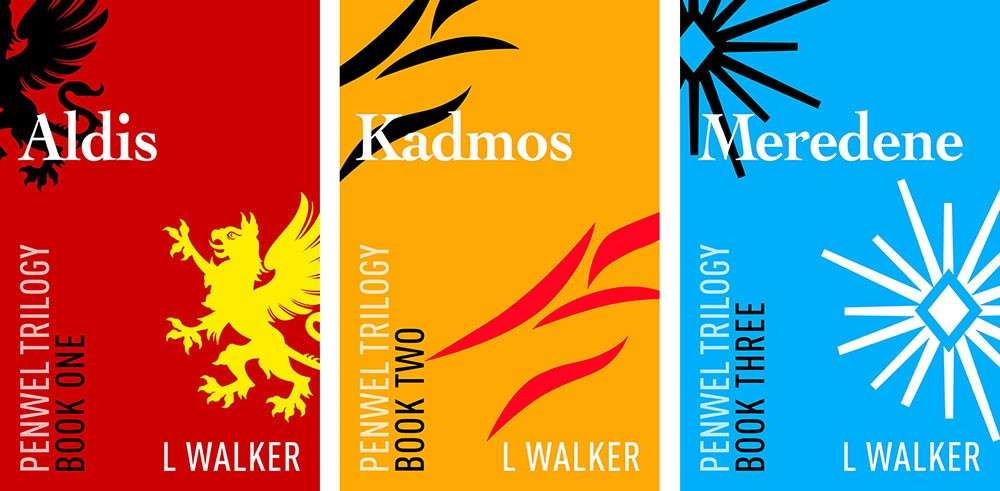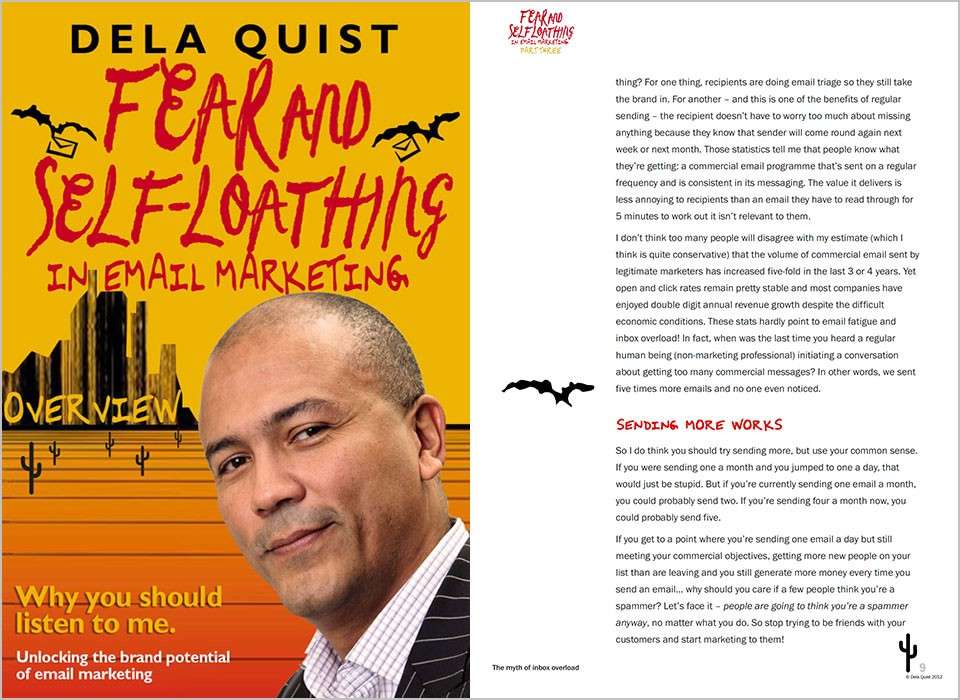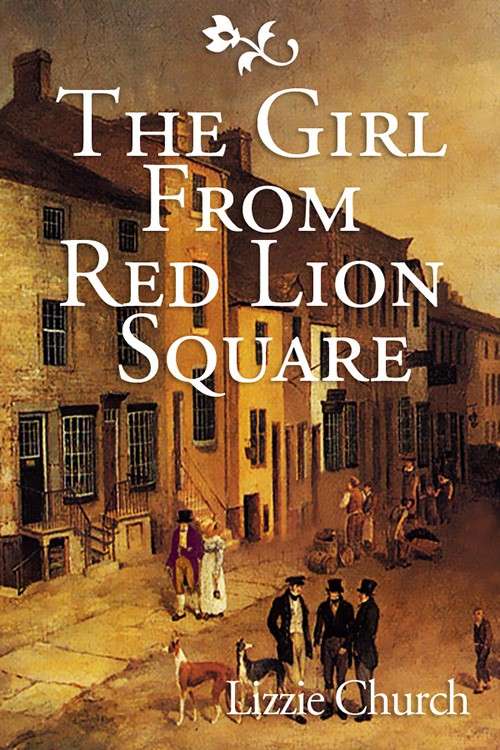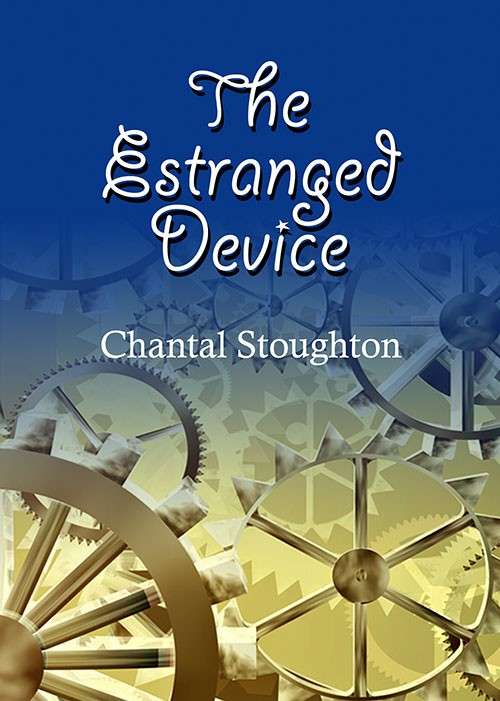What is an Ebook?
An ebook is in effect a digital book. A book that allows you to read it on an electronic device such as a computer, Kindle of phone. It can take on various forms from a straightforward digital copy of a printed book to a very sophisticated interactive multimedia presentation with sound, video and hyperlinks.

Ebook covers for The Penwel Trilogy
The first actual ebook was created in 1971 when Michael Hart launched Project Gutenberg and made a digital copy of the US Declaration of Independence. The first significant ebook was Stephen King’s ‘Riding the Bullet’ which was launched on the internet in 2001 selling at $2.50 per copy. This was a resounding success and led to the boom in this form of media.
Simpler, mainly text-based content benefit from other ebook formats including the ePub and Kindle format. Perfect for novels or simple layouts. These formats support ‘reflow’. The reader has the ability to adjust text size, margins and spacing depending on the viewing device. On the downside, page number references can be tricky, tables, pictures and graphics have to flow with the content and font choice is restricted. Pictures and graphics can look very poor at small sizes, so tread carefully. There is also great differences between what is actually seen by the viewer over different devices.
A word of caution then if you format your own book, just because it looks good on one device doesn’t mean it will on another. Remember that all the manufacturers are in competition. Amazon seems to be the market leader at the moment. I work on the assumption that the lowest common denominator will work on everything.

Front cover and sample page of a PDF Ebook about raw chocolate
Free ebook readers are available for PCs and smart phones and prices for dedicated ebook reading devices are dropping. The latest Kindle Fire supports a much wider range of styles now although bear in mind backward compatibility. The earlier Kindles and Kindle Paperwhite are still in black and white. Also several devices don’t link to the internet.

One of a series of A4 PDF Ebooks for Dela Quist showing cover and sample page
The advantages of a PDF Ebook
- Accessible from various devices and paper-free.
- Has a wide variety of uses including educational aids, promotional materials, catalogues.
- Space-saving with no wear and tear.
- Interactivity can aid navigation of complex documents including linking to websites.
- The PDF can have sound functionality for people with impaired vision.
- Revising a PDF is simpler and often less costly than a printed version.
- You can make any size you want. Landscape shapes are generally more suitable for reading on the web.
Ebook Costs
The ebooks I produce are all custom-made and don’t use templates like many companies. The cost of producing an ebook can vary considerably. An ebook cover will cost £180 with five designs to choose from. To convert to a print cover would cost an extra £75 to include an accurate PDF artwork with spine and back cover blurb.
Elements which may influence the cost of formatting an ebook or print book include:
- Copywriting.
- Editing.
- Content design and layout. I generally present a couple of alternatives layouts to choose from. Further development and ideas will of course incur higher costs.
- Low level formatting. There can be a significant difference between the time it takes to format simple flowing text and complex workbooks with charts and pictures.
- Cover design.
- Interactivity and links.
- Revisions.
- Other extras such as 3D covers required for sales pages or mini-sites for marketing
- Twitter page design.
- Facebook page design.
Bear in mind that producing a print version and ebook at the same time can be very cost effective. For a free quote just give me an outline of your requirements and email to: info@ebookdesigner.co.uk







